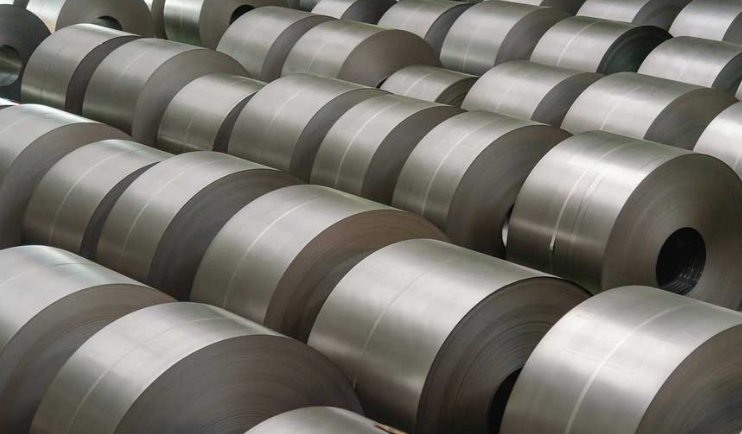So you’re flipping through HiRok’s steel catalogue and notice that some products specify that they are hot rolled, while others are cold rolled. If you are wondering what the difference is, and what material is most suitable to your application this guide should help.
Hot Rolled steels are precisely as the name suggests – the steel has been heated up above its recrystallisation temperature, about 1,700 degrees Fahrenheit, and formed into a product either by passing through rollers to form flat products such as sheet or pushed through extrusion dies to make profiled product such as PFC.
For hot rolled products this is pretty much the entire forming process. After extruding some materials go through certain post processes such as hydraulic stretching to straighten the products and retain the desired profiles – but ultimately hot rolled products are easy to produce with this method.
Cold Rolled steels are formed at or near room temperature. It is important to understand that cold rolled steels are also first formed by hot rolling, the cold rolling process is a secondary function to give the desired specifications. As such cold rolled products are usually slightly more expensive due to this additional processing. Cold rolled steels are formed exactly as per the hot rolled process, but once cooled are brought to final tolerance by passing through a system of rollers or by being ‘drawn’ depending on the final product being made. There are many benefits (and some drawbacks) to this secondary process and knowing the difference between the two is very important in selecting your materials. There are also other post process in cold rolling such as surface grinding, polishing and turning.
Hot rolled steels have far greater dimensional variance than cold rolled products. As the steel cools and contracts some warpage and dimensional changes are inflicted on the material ensuring that the finished product is not as dimensionally accurate as cold rolled. With the secondary process of cold rolling the material is compressed to its final size which ensures that after leaving the rollers the size remains consistent as there is no cooling off phase. In addition to the increased accuracy, cold rolling also induces some work hardening to the material increasing its strength and yield point (where elastic deformation turns to plastic deformation).
As hot rolled steel is allowed to cool slowly it essentially ‘normalizes’ its own internal structure, much like stress relieving material does. This means that when cutting hot rolled steel plate and profiles there is far less internal stress and much less to consider during the manufacturing process with these products. On the flip side, cold rolled steel contains much greater internal stresses due to the work hardening. Cutting cold rolled sheets and other products can result in warpage of the product as the internal stresses are relieved. Stress relieving of the product can be a necessary step during manufacturing to combat this effect.
Hot Rolled Steels:
Cheaper and more suitable where dimensional tolerance is less important.
Easier to work with than cold rolled.
Weaker than cold rolled.
Mill scale coating.
Slightly rounded edges and corners due to shrinkage during cooling.
Cold Rolled Steels:
Harder and more tensile.
Shiny, clean and sometimes oily surface finish.
Neat/sharp edges and corners.
May require stress relieving during manufacturing.
The mill scale coating found on hot rolled steels is the impurities within the parent metal rising to the surface and solidifying to form this scale like coating. It is important to completely remove this coating prior to welding or painting – more information about mill scale can be found in our blog posts about welding preparation. Common ways to remove mill scale are by
mechanical means (grinding, sand blasting…) or chemical (acid pickling). Mill scale melts at a higher temperature than the parent steel, so if left on during the fabrication process can contaminate welds and reduce penetration. If painted over, after some time mill scale will naturally fall off of the parent metal – so your nice paint job will literally fall off of your nicely fabricated components eventually.
Feel free to ask any of the friendly staff at HiRok if you have any specific questions of need some help in deciding on your material needs. Our experienced team will be able to help you out!
-Andrew Hagen.


Recent Comments